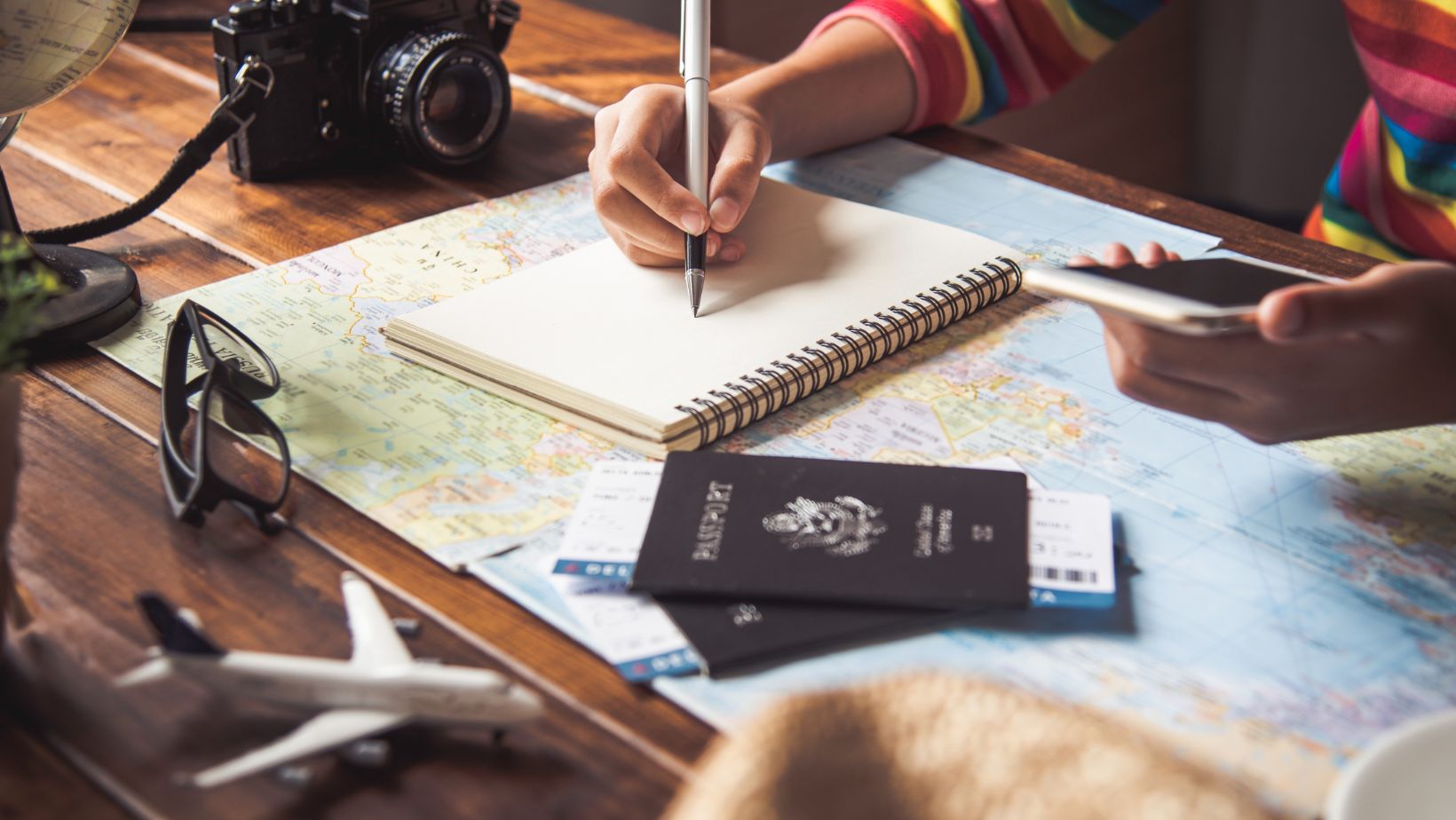Planning a trip can be one of the most exciting parts of traveling imagining the destinations, the experiences, and the memories you’re about to create. But let’s be honest: it can also be overwhelming. Between booking flights, coordinating accommodations, and mapping out activities, even seasoned travelers can feel buried under the logistics. Finding a way to visualize your plans and keep everything on track is often the key to turning a stressful preparation phase into an exciting countdown.
Streamline Your Travel Planning
One simple yet incredibly effective tool for keeping your adventures organized is creating a personalized travel schedule. Using a calendar maker, you can design a calendar that suits your unique travel style whether it’s a detailed day-by-day itinerary, a flexible week-by-week plan, or a visual overview of an extended journey. Imagine having all your reservations, sightseeing plans, and key travel notes in one place, accessible from your phone or print-ready for your backpack. This approach not only reduces the risk of missing important activities but also allows you to visualize your time, making it easier to adjust and maximize every moment.
When you start mapping your trips visually, patterns and opportunities you hadn’t noticed before often emerge. For example, grouping attractions geographically can save you hours of transit time, or spacing out high-energy activities with more relaxed ones can keep your vacation from becoming exhausting. Travelers often underestimate how much small adjustments in scheduling can improve the overall experience, and having a custom calendar can reveal those insights at a glance.
Prioritize Flexibility Without Losing Structure
While it’s tempting to create a rigid plan, the best itineraries balance structure with flexibility. Unexpected adventures, local events, or spontaneous detours often make the trip memorable.

By using a visual calendar as a foundation, you can ensure you’re hitting must-see destinations without feeling constrained. For instance, setting aside morning blocks for sightseeing while leaving afternoons open for spontaneous exploration lets you maintain both structure and freedom.
Visual Planning Helps Reduce Stress
One of the hidden benefits of seeing your travel plans in a clear, organized format is the reduction of stress. Travel comes with its fair share of uncertainties delayed flights, overbooked tours, sudden weather changes. A well-thought-out calendar allows you to anticipate potential challenges, build in buffer time, and have backup options ready. Knowing exactly where you’re headed and when can transform anxious energy into excitement and confidence.
Real-Life Travel Tips
Seasoned travelers often recommend integrating both personal preferences and local insights into your schedule. For example, if you’re visiting a popular European city, plan to explore major attractions early in the morning to avoid crowds. Include a mix of activities, from cultural experiences like museums and local markets to downtime in parks or cafes. Don’t forget to note practical details like transport options, check-in times, and local holidays. By embedding these considerations into your planning tool, you turn your calendar from a static list into a dynamic roadmap for an unforgettable journey.
Another tip: use color coding or visual markers to categorize activities. Perhaps sightseeing is blue, food experiences are green, and travel logistics are orange. This simple tweak can make scanning your schedule easier and more intuitive, especially when you’re in a foreign city juggling multiple destinations each day.
Make It Personal and Memorable
Your travel calendar can be more than just a planning tool it can also be a keepsake. Adding photos, personal notes, or even highlighting particularly memorable moments turns your itinerary into a storybook of your journey. This dual purpose both practical and sentimental makes it a tool that serves before, during, and even after your trip.
Conclusion
Travel planning doesn’t have to be a stressful or overwhelming process. By taking the time to visually map out your itinerary, integrate flexibility, and consider practical details, you set yourself up for a smoother, more enjoyable experience. The right planning tools can make all the difference, transforming a pile of reservations and notes into a cohesive adventure plan. When your itinerary is clear, accessible, and thoughtfully structured, you can focus less on logistics and more on creating unforgettable memories.


 By
By 




